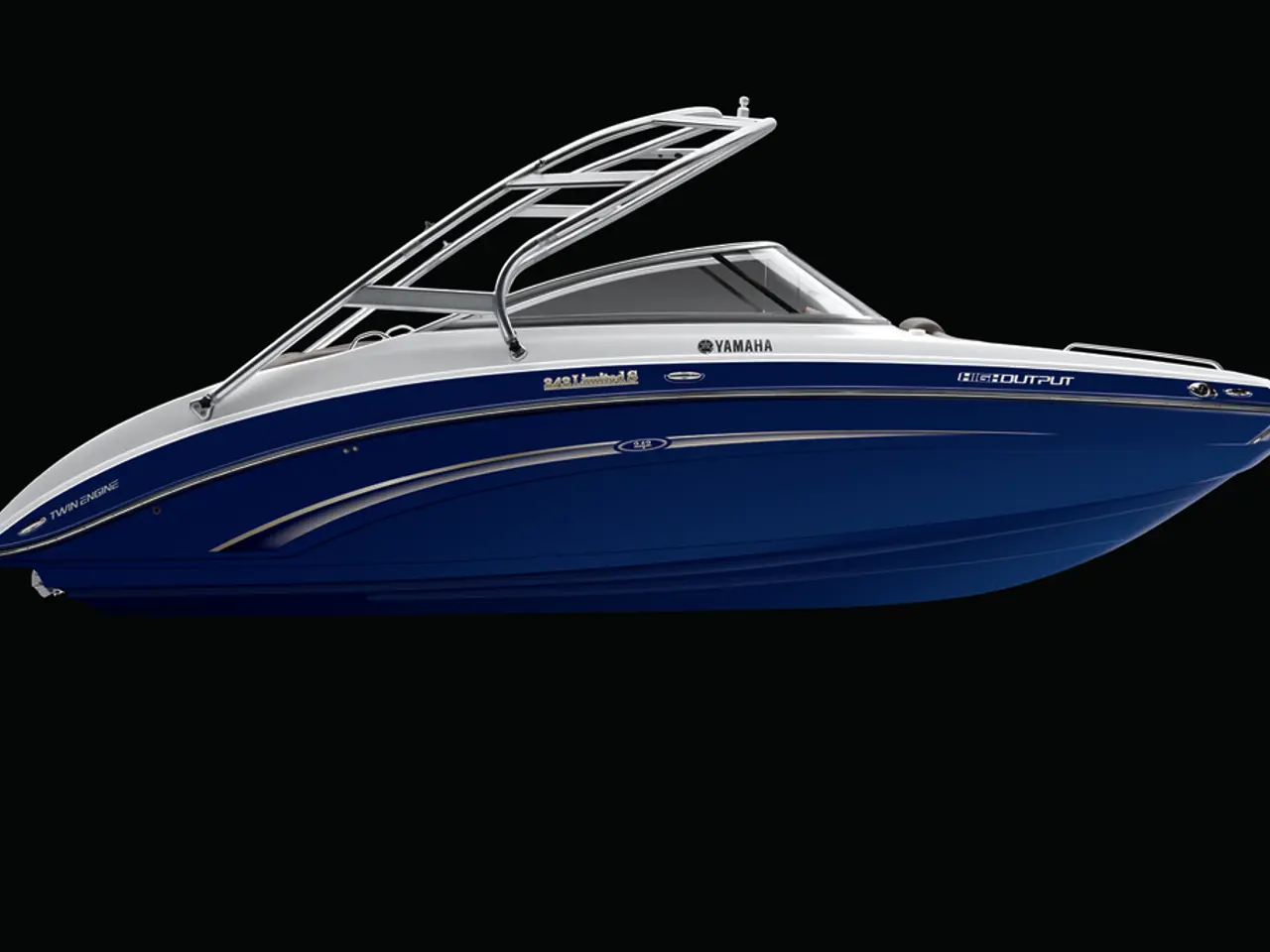Quarterly Financials of Tallink Show Improvement in Second Quarter
Tallink Grupp Faces Freight Challenges Amidst Passenger Growth in Q2 2025
Tallink Grupp, the Estonian shipping company, reported a mixed performance in the second quarter of 2025. While the passenger and passenger vehicle segments showed growth, the freight transportation sector experienced a significant decline.
The company transported a total of 1,488,128 passengers in the second quarter, marking a 2.5% increase compared to the same period last year. Passenger vehicle transportation also saw an uptick, with 212,782 units transported, a 1.4% rise.
However, freight transportation volumes took a notable hit. The company transported 67,038 units of cargo, a 22.8% decrease compared to the same period in 2024. This decline was consistent across routes, with decreases on Finland-Sweden, Estonia-Finland, and Estonia-Sweden connections in July 2025 by around 9-14%.
The key trends and challenges in the freight sector for Tallink Grupp during this period include a significant fall in cargo units, a stronger leisure/business travel demand contrasting with the freight challenges, a cautious freight market environment, and the need for Tallink to adapt freight strategies amidst ongoing economic and trade uncertainties in the Baltic Sea region.
Despite the freight volume reduction, Tallink's parent company Infortar showed EBITDA improvement in Q2 2025 with a 50% increase in pre-tax profit compared to the prior year, though net earnings were negative due to tax charges.
In addition to the regular operations, Tallink also faced a dividend income tax expense of €11 million in the second quarter. As a result, the company posted a net loss of €35.7 million for the first half, contrasting with a net profit of €8.7 million a year earlier. EBITDA fell to €33.6 million, compared to €81.1 million during the same period last year.
The company's efforts to reduce its debt load and invest in its fleet continued, with investments totaling €22 million aimed at extending vessel lifespans and improving passenger experience. The sale of Star I and the chartering of Romantika helped optimize asset utilization, reduce running costs, and generate additional revenue.
Tallink aims to maintain an optimal number of vessels on main routes and has been successful in reducing idle vessels from four to two during the second quarter. The company also aims to find utilization options for idle ships.
In the first half of the year, the group carried 2,500,000 passengers, down 3.8% from the same period last year. Maintenance work on cruise vessels Baltic Princess and Silja Serenade during the beginning of the year lasted a total of 68 days when the vessels were out of service.
The second quarter ended with a net loss of €2.5 million. Despite the challenges, Tallink remains committed to navigating the market conditions and continuing its strategic investments for future growth.
- The decline in the freight transportation sector, despite the growth in passenger and passenger vehicle transportation, has highlighted a need for Tallink to adapt their strategies in response to the challenging business environment within the industry, particularly in finance and transportation.
- In the transport sector, Tallink Grupp faces freight challenges amidst the growth in passenger traffic and vehicle transportation, leading to a significant fall in cargo units moved, impacting the company's overall profitability and necessitating a robust response from the company to cope with these issues and embrace strategic changes in the industry.




